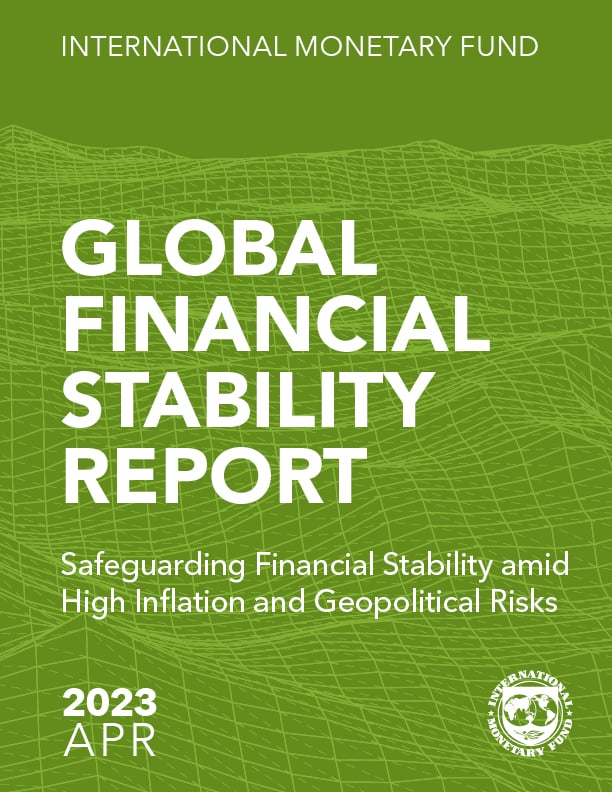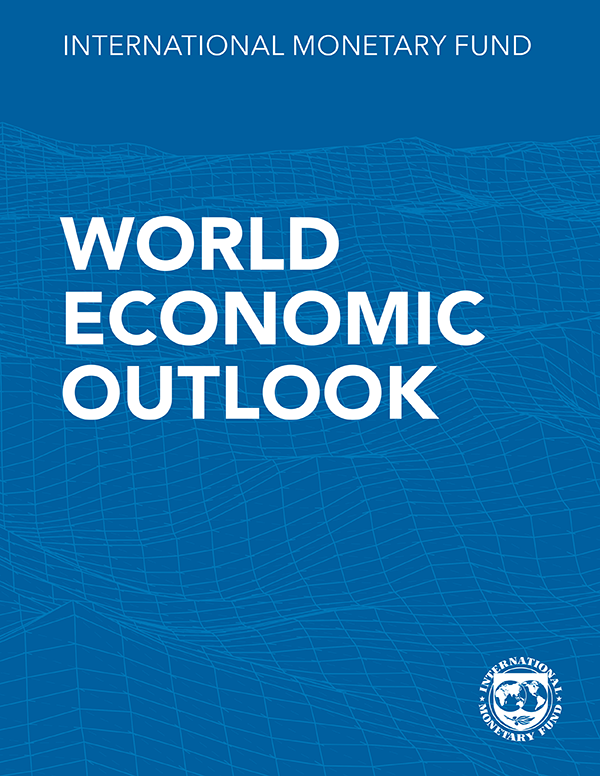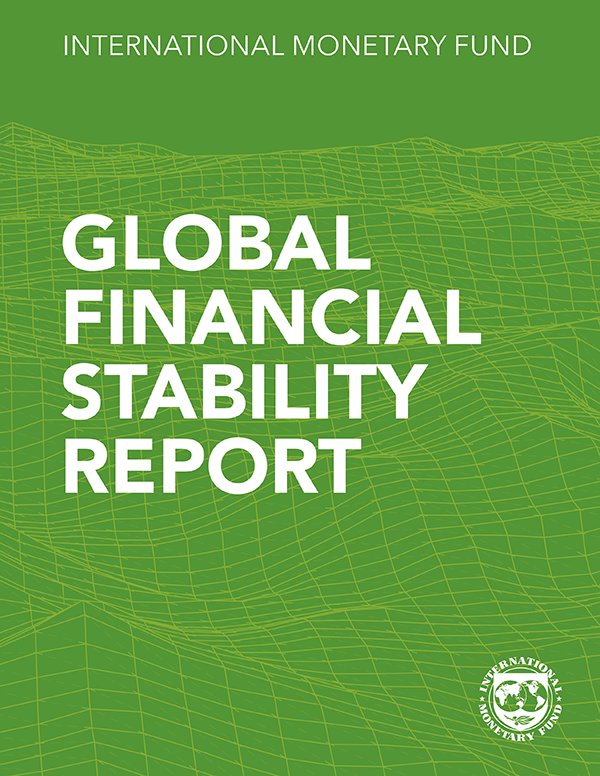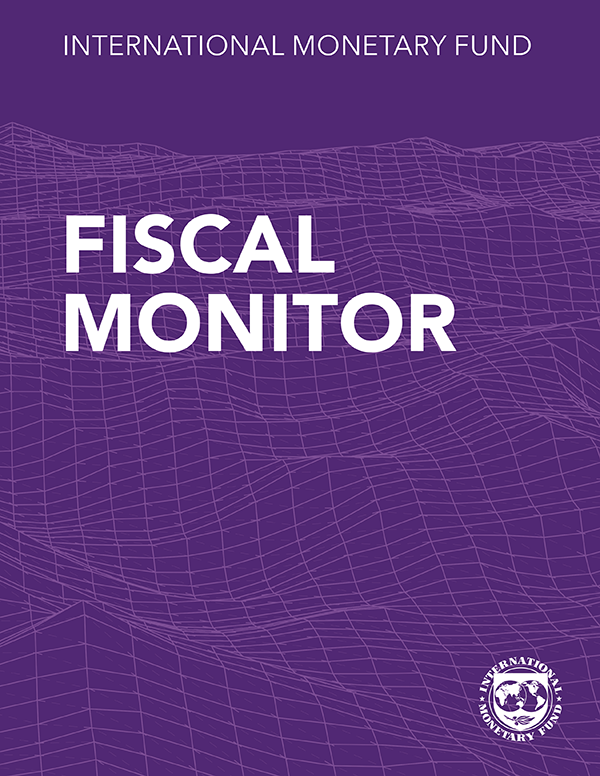Financial stability risks have increased rapidly as the resilience of the global financial system has been tested by higher inflation and fragmentation risks.
Chapter 1 analyzes the recent turmoil in the banking sector and the challenges posed by the interaction between tighter monetary and financial conditions and the buildup in vulnerabilities since the global financial crisis. The emergence of stress in financial markets complicates the task of central banks at a time when inflationary pressures are proving to be more persistent than anticipated. Smaller and riskier emerging markets continue to confront worsening debt sustainability trends. Chapter 2 examines nonbank financial intermediaries (NBFIs) and the vulnerabilities that can emerge from elevated leverage, liquidity mismatches, and high levels of interconnectedness. Tools to tackle the financial stability consequences of NBFI stress are proposed, underscoring that direct access to central bank liquidity could prove necessary in times of stress, but implementing appropriate guardrails is paramount. Chapter 3 analyzes the effect of geopolitical tensions on financial fragmentation and explores their implications for financial stability—including through potential capital flow reversals, disruptions of cross-border payments, impact on banks’ funding costs, profitability, and credit provision, and more limited opportunities for international risk diversification. Based on the findings, it draws policy recommendations aimed at strengthening financial oversight, building larger buffers, and enhancing international cooperation.

Chapter 1: A Financial System Tested by Higher Inflation and Interest Rates

Chapter 2: Nonbank Financial Intermediaries: Vulnerabilities amid Tighter Financial Conditions

Chapter 3: Geopolitics and Financial Fragmentation: Implications for Macro-Financial Stability
Publications

December 2025
Finance & Development
- More Data, Now What?

Annual Report 2025
- Getting to Growth in an Age of Uncertainty

Regional Economic Outlooks
- Latest Issues










